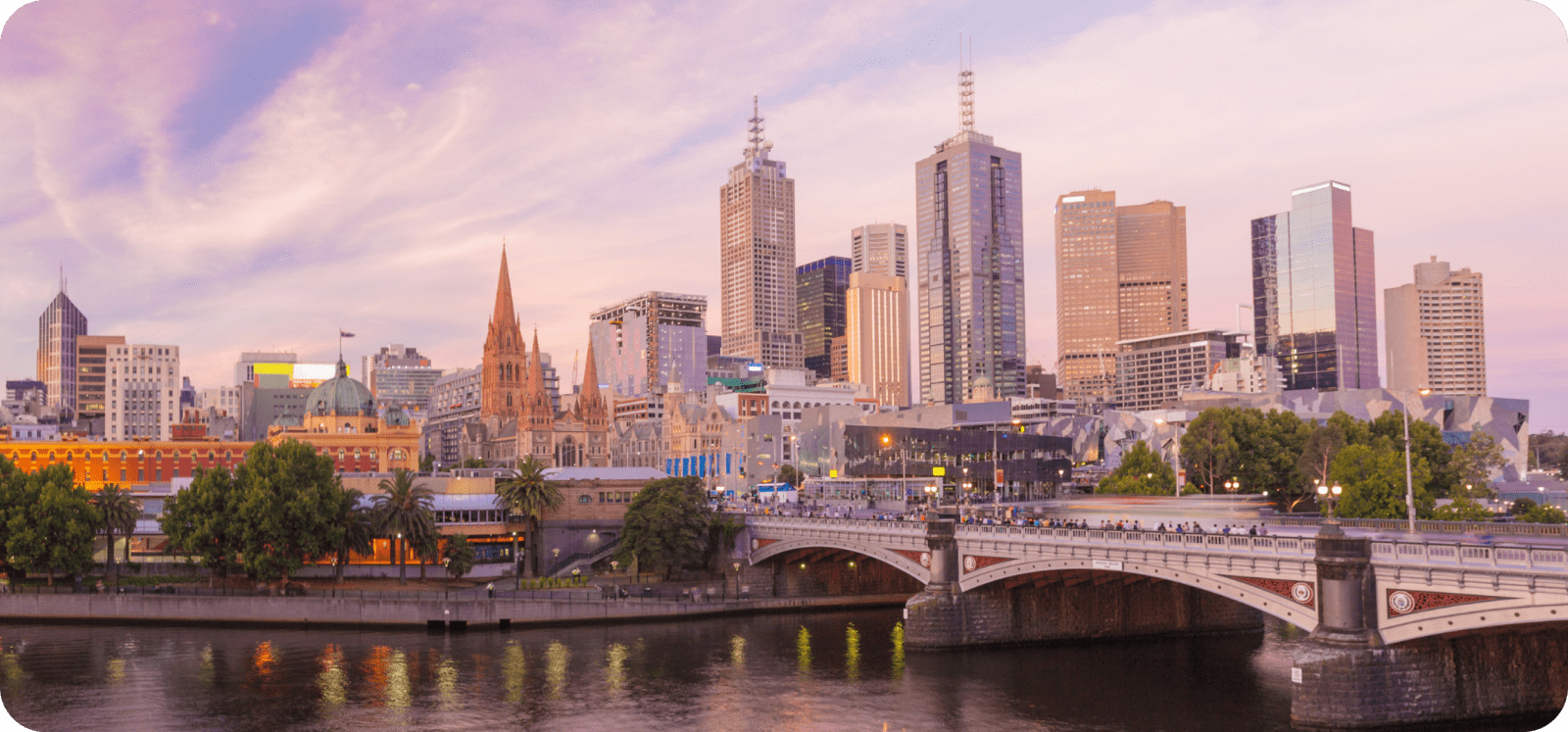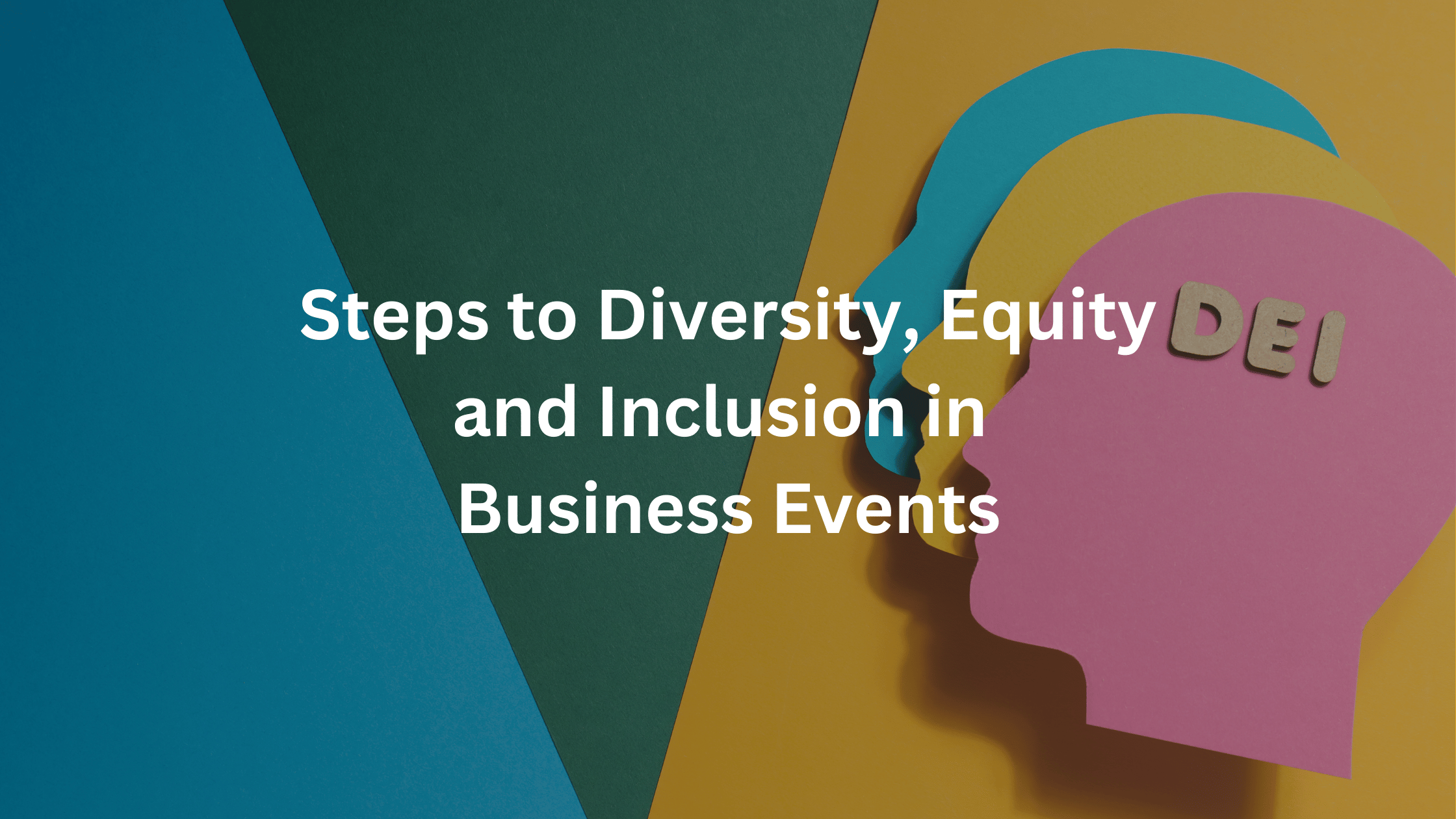
How to Integrate Diversity, Equity, and Inclusion into Every Business Event
As the global workforce becomes more diverse and expectations for social inclusion rise, integrating diversity, equity, and inclusion (DEI) into every aspect of business events has become essential.
Embedding DEI principles transforms events into inclusive experiences that drive innovation, foster deeper connections, and position your organisation as a forward-thinking leader.
At On Purpose Events, we believe that events should do more than just bring people together—they should make everyone feel seen, heard, and valued.
However, incorporating DEI isn’t just about having good intentions; it requires purposeful strategies that are woven through each stage of the event planning process, from selecting speakers to ensuring venue accessibility.
By prioritising these values, your events can contribute to a more equitable world where business success and social progress advance hand in hand.
Ready to make an impact? Here’s how you can embed DEI into your next business event and create meaningful change from start to finish.”
Develop a Clear Vision for Your Business Event
Define what diversity, equity, and inclusion mean for your event and articulate how these principles will be embodied throughout. Work closely with your team to set specific, measurable DEI goals that align with your organisation’s mission and embed these into your event’s ethos.
Key Actions:
1. Develop a mission statement tailored to your event.
2. Set actionable goals and metrics.
3. Share your vision with all stakeholders, including vendors and participants.
Example Mission Statement:
“We are committed to fostering an inclusive environment that celebrates diversity and ensures equitable opportunities for all. By embedding these values into every aspect of the event—from speaker selection to vendor partnerships, and amplifying underrepresented voices, we aim to create meaningful connections and set a new standard for our business events.”
Curate a Diverse Line-Up of Speakers and Presenters
Curating a diverse line-up of speakers enriches content and offers a variety of perspectives that can inspire and engage a broader audience. Partner with networks and organisations that champion diverse voices to ensure that your speaker roster is both broad and impactful.
Key Actions:
1. Identify speakers from varied backgrounds—different races, genders, ethnicities, abilities, and experiences.
2. Include voices from various sectors and expertise levels.
3. Mix emerging talent with established experts for a fresh perspective.
For inspiration on finding diverse speakers, you might explore resources like the International Speakers Bureau.
Design Inclusive Content and Programming for Your Event
Your event’s content should reflect diverse perspectives and address a range of interests. This includes offering sessions and activities that cater to different learning styles and needs, and creating an environment where all attendees feel included.
Key Actions:
1. Provide a variety of session formats—panels, workshops, and interactive discussions.
2. Ensure content addresses a broad range of topics that resonate with different groups and experiences.
3. Offer materials in multiple formats (e.g., written, audio, visual) to meet diverse needs.
Learn more about inclusive programming from resources like Inclusive Design Research Centre.
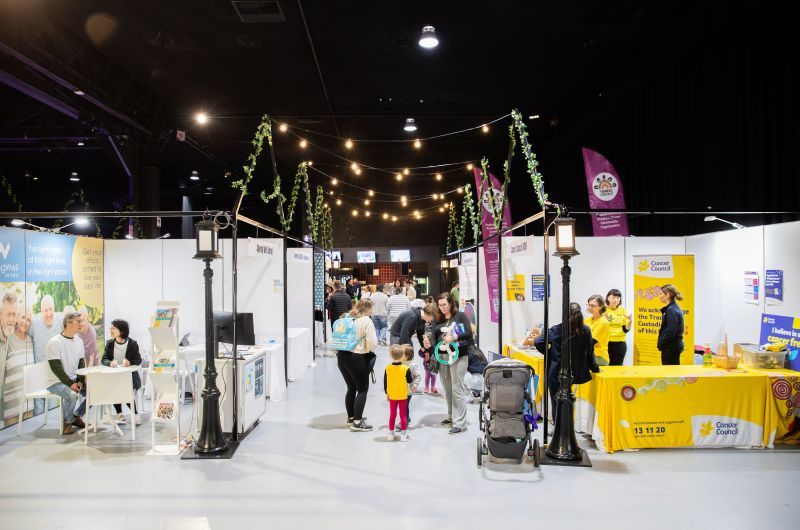
Choose an Accessible Venue for Your Business Event
Accessibility is a cornerstone of event planning. Choosing an accessible venue and providing necessary support is crucial for creating an inclusive environment. This ensures that everyone, including those with additional needs, can attend, fully participate, and engage in the event.
Key Actions:
1. Choose a venue that meets accessibility standards and provides facilities like ramps, elevators, accessible restrooms and designated parking spaces.
2. Clearly communicate accessibility features in your event materials.
3. Provide supports like sign language interpreters and assistive listening devices.
Implement Inclusive Marketing and Communication Strategies
Your marketing and communication should reflect your DEI commitment and ensure all potential attendees feel welcomed. This involves using inclusive language and imagery in all promotional materials.
Key Actions:
1. Audit marketing materials for inclusive language and representation.
2. Utilise diverse communication channels—social media, email, and community partnerships.
3. Ensure registration forms and event communications are accessible to everyone.
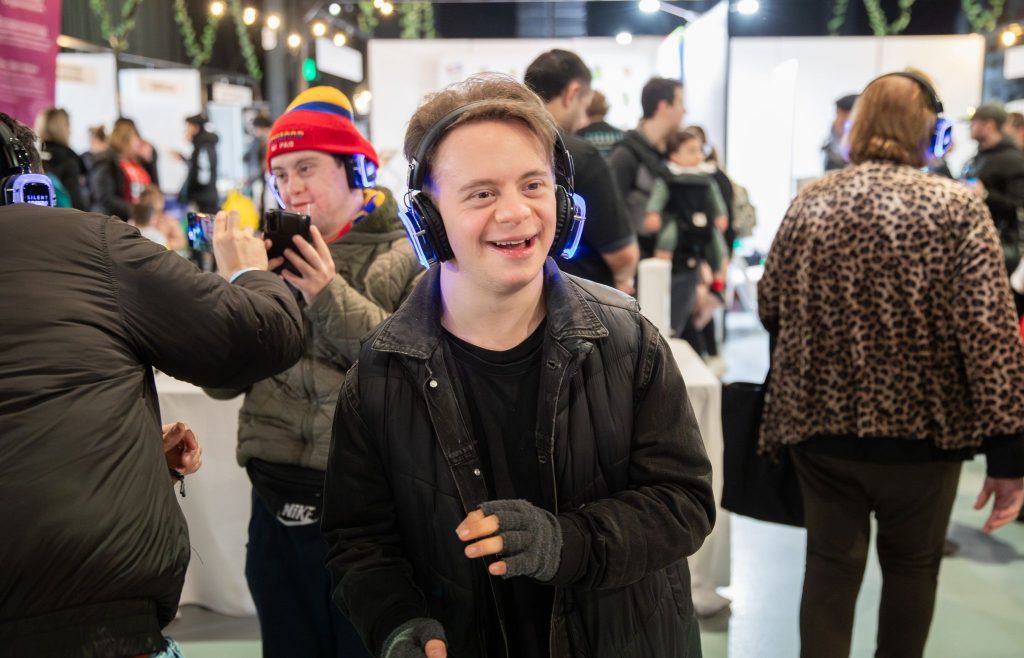
Create an Inclusive Atmosphere at Your Event
Creating an inclusive atmosphere goes beyond just logistics; it’s about building a culture of respect and belonging. This is achieved through genuine interactions and by fostering a welcoming environment.
Key Actions:
1. Train staff on DEI principles and respectful interactions.
2. Develop and communicate a code of conduct that emphasises respect and inclusion.
3. Set up channels for attendees to report concerns related to discrimination or exclusion and offer suggestions for improvement.
Explore resources for training on inclusivity with Diversity Australia.
Partner with Diverse Vendors and Suppliers
Partnering with diverse businesses not only supports inclusivity but also broadens the range of services and perspectives available.
Key Actions:
1. Seek out and collaborate with vendors and suppliers from underrepresented groups.
2. Evaluate partners based on their DEI practices and support for diverse communities.
3. Highlight and promote diverse vendors in your event communications.
Find diverse vendors through platforms like Diverse Supplier Directory.
Commit to Continuous Improvement and Feedback
Continuous improvement is driven by listening and adapting. Collecting feedback from attendees and stakeholders is essential for refining and enhancing your DEI practices and demonstrates a genuine commitment to evolving your efforts.
Key Actions:
1. Conduct surveys and feedback sessions to gather insights on DEI aspects of your event.
2. Analyse feedback to identify strengths and areas for improvement.
3. Use these insights to improve future events and share your progress with your audience.
To gather actionable feedback, have your event company leverage professional event management software with survey capability.
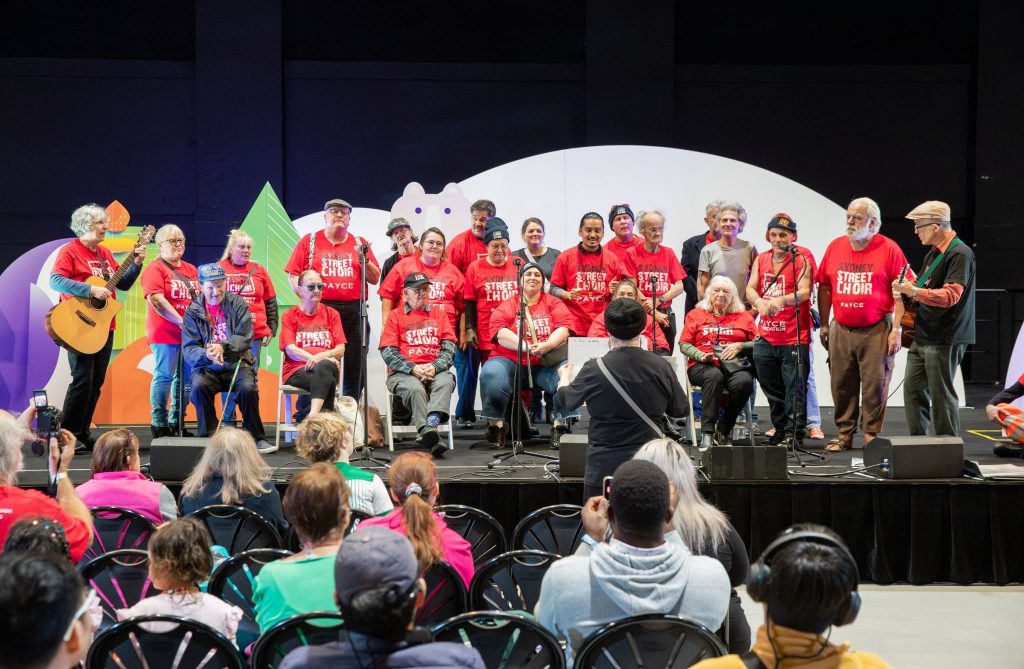
Celebrate Diversity and Inclusion at Your Event
Turn DEI from a checkbox into a celebration. Highlight and honour diverse cultures, perspectives, and experiences throughout your event.
Key Actions:
1. Incorporate cultural performances, exhibits, or food options that celebrate diversity.
2. Host sessions or activities that feature diverse voices and experiences.
3. Recognise and celebrate the contributions of diverse individuals and groups.
In Australia, we have a unique opportunity to collaborate with Indigenous communities in a way that is both empowering and insightful.
To ensure cultural appropriateness, engage with Indigenous leaders and communities from the outset. Their input is crucial in shaping initiatives that are genuinely meaningful and reflect their traditions and values accurately.
Lead by Example in Diversity, Equity, and Inclusion
Show your commitment to DEI by integrating these values into every aspect of your event. Share your journey and progress to inspire others and set a standard for continuous improvement in the industry.
Key Actions:
1. Reflect DEI values in your organisation’s culture and practices.
2. Share your journey and insights with other organisations and event planners like On Purpose Events.
3. Continuously educate yourself and your team on trends and best practices to enhance your approach and impact.
Frequently Asked Questions About Integrating DEI into Business Events
Q: Why is integrating diversity, equity, and inclusion into business events important?
A: Integrating DEI into business events is crucial for creating an environment where all attendees feel welcomed and valued. It ensures diverse perspectives are represented, enriching discussions and fostering innovation. A commitment to DEI also reflects positively on your organisation, demonstrating social responsibility and enhancing event success.
Q: How can I start incorporating DEI principles into event planning?
A: Begin by defining a clear DEI vision and aligning it with your event’s objectives. Engage your team and stakeholders to set specific DEI targets, and ensure these goals are reflected in every aspect of your event—from speakers and programming to venue and marketing.
Q: What are effective ways to ensure a diverse speaker line-up?
A: Actively seek speakers from varied backgrounds and sectors. Use networks and organisations that promote diverse voices and include both emerging talents and established experts. Review proposals through a DEI lens to ensure broad representation.
Q: How can I ensure my event’s content and programming are inclusive?
A: Design content that addresses a range of interests and perspectives, offering various session formats to cater to different learning styles. Ensure topics are relevant to a diverse audience and provide materials in multiple formats. Gather feedback from a diverse group of attendees to refine and improve inclusivity.
Q: What should I consider when selecting an accessible venue?
A: Choose a venue that complies with accessibility standards, such as the Disability Discrimination Act (DDA) in Australia. Ensure it has features like ramps, elevators, and accessible restrooms, and provide information on these features in your event materials.
Q: How can I make my marketing and communication efforts more inclusive?
A: Use inclusive language and imagery in your marketing materials. Employ diverse communication channels and ensure all registration forms and communications are accessible to everyone.
Q: How can I address cultural or religious needs in event planning?
A: Consult with attendees or experts to understand specific cultural or religious needs. This may include offering appropriate dietary options, providing spaces for prayer or meditation, and scheduling events to avoid major religious observances.
Q: How can I ensure signage and languages are inclusive?
A: Use clear, visible signage throughout the venue and offer information in multiple languages. Incorporate imagery to support understanding. This helps all attendees navigate the event easily and access important information.
Q: How do planners avoid ‘gendering’ an event and its marketing?
A: Use inclusive language and avoid gendered terms. Ensure marketing materials represent a diverse range of genders and avoid stereotypes. Provide options for attendees to select their pronouns and avoid gender-specific dress codes or activities.

